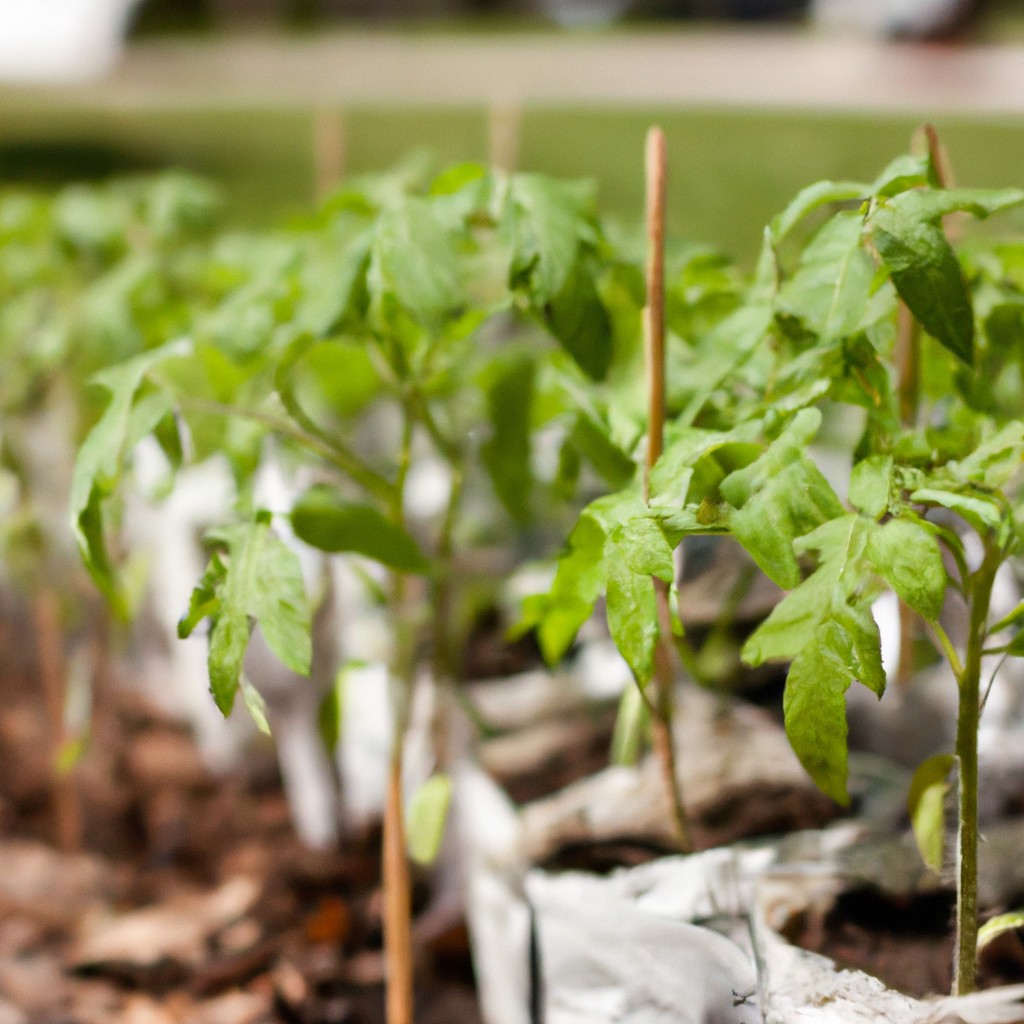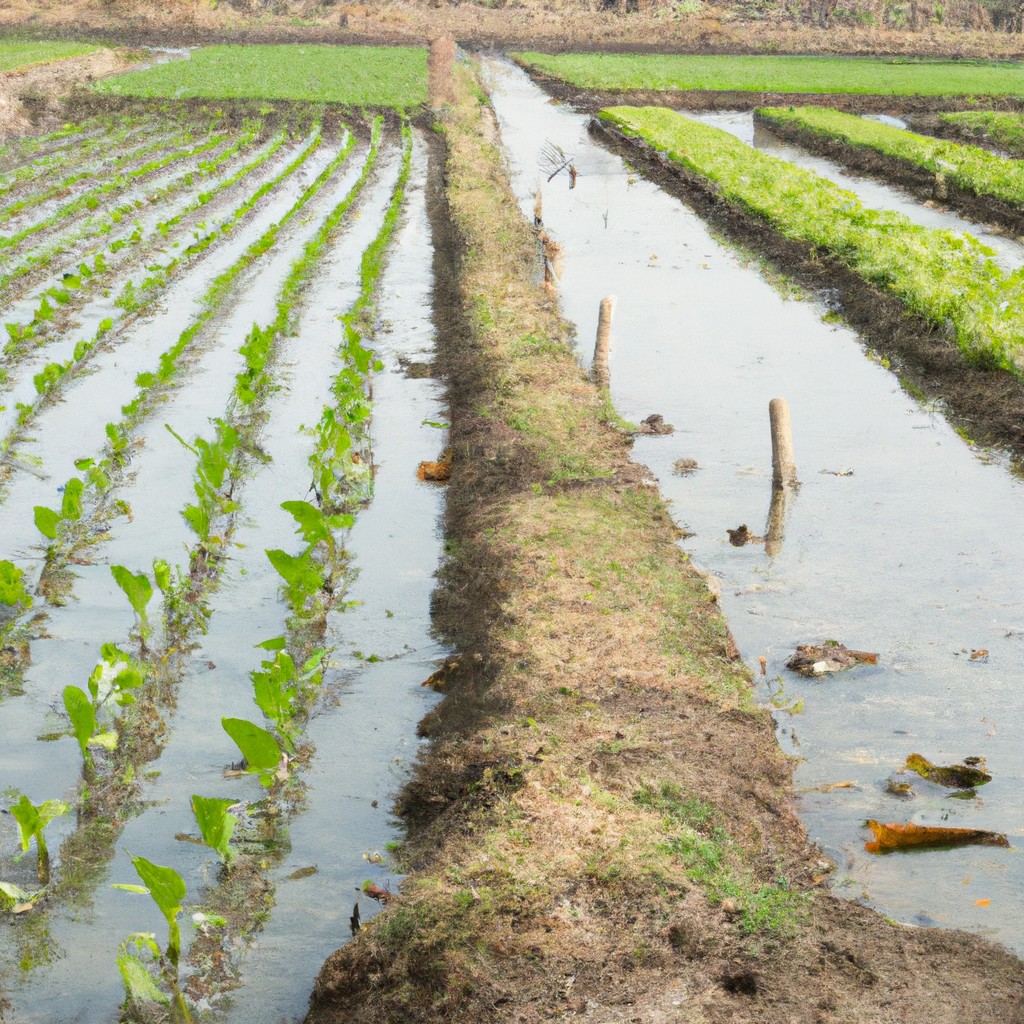Community Supported Agriculture (CSA) is a model of food production and distribution that connects farmers directly with consumers, fostering local economies and promoting sustainable agricultural practices.
Look Inside:
The History of Community Supported Agriculture

Community supported agriculture (CSA) has its origins in Japan in the 1960s, where it was known as teikei, roughly translated to “partnership” or “cooperation”. Women motivated by concerns about pesticide use, the rise of processed food, and the distancing of consumers from those who produced their food, initiated the concept. This model was rooted in a philosophy of mutual assistance, connecting people directly with the local farms that produced their food.
The CSA concept spread to Europe in the late 1970s, manifesting as ‘farm-sharing‘ in Switzerland and Germany, a movement driven by similar concerns over food safety, the environment, and fostering closer relationships between consumers and farmers.
It wasn’t until the 1980s that CSAs began to take hold in the United States, with two of the first known farms to adopt the model being Indian Line Farm in Massachusetts and Temple-Wilton Community Farm in New Hampshire. Initially, these entities faced challenges due to the novel nature of the concept, but they laid the groundwork for what would grow into a significant movement.
Since those pioneering days, CSA has grown dramatically in the United States. The movement ties into the broader context of the sustainable food system and local agriculture promotion, becoming an integral part of the discussion on food security, food sovereignty, and the return to more traditional farming practices.
Benefits of Community Supported Agriculture
Farmers and consumers alike reap significant rewards from participating in community supported agriculture (CSA). For farmers, CSAs provide a reliable income stream. By selling shares of their harvest in advance, they secure working capital early in the season which helps with cash flow and planning.
Consumers benefit by receiving fresh, locally-sourced produce regularly, often at a lower cost compared to buying individually at market prices. Moreover, they enjoy a diverse array of seasonal crops they might not typically buy, which can broaden their dietary horizons.
CSAs foster direct relationships between consumers and farmers. This connection encourages a better understanding of where food comes from and the challenges of growing it, thus raising awareness about the importance of sustainable farming practices.
These programs also tend to encourage on-farm events and volunteer opportunities, which strengthen community ties and provide educational experiences for members, particularly children.
Another key aspect is the reduction of food miles. Since produce is grown locally, the environmental impact associated with long-distance transportation is minimized, contributing to lower carbon emissions.
Finally, CSAs can offer stability to farmers in the face of unpredictable weather and market fluctuations by providing them with a committed group of consumers, this can be a form of risk-sharing that helps sustain small-scale farms.
How Community Supported Agriculture Works
Community Supported Agriculture (CSA) rests on a straightforward model where consumers purchase shares of a farm’s anticipated harvest, known as ‘memberships’ or ‘subscriptions.’ Essentially, individuals or families commit financially to a local farm for a season, thereby assuming both the benefits of the bounty and the risks of possible shortfalls due to adverse weather or pests.
Farmers lay out a variety of share options that typically cater to different household sizes and dietary preferences. Some offer a single size share with a fixed weekly or bi-weekly assortment of produce, while others provide customizable options that may include fruits, vegetables, eggs, dairy, and meats.
Once members sign up and pay, either upfront or in installments, they receive a periodic allotment of farm products. This arrangement provides farmers with much-needed capital at the start of the growing season to invest in seeds, equipment, and labor.
Distribution occurs through various models – some farms invite members to pick up their shares directly from the farm, others drop off at centralized locations like markets or community centers, and a few offer home delivery for convenience.
Interaction between the farm and community members is a cornerstone of CSA; many farms encourage visitation days, volunteer work, or provide newsletters containing farm news, recipes, and food prep tips.
This model underscores mutual support; members experience the rhythms of the agricultural seasons and connect to the source of their food, and farmers gain a reliable market, financial support, and an engaged community.
Challenges for Farmers in Running a CSA
Operating a CSA comes with its share of hurdles. Weather variabilities pose significant risks, affecting crop yields and, consequently, the availability of produce to members. Farmers must be adept at weatherproofing their operations to the extent possible and managing member expectations during challenging growing seasons.
Financial management requires careful planning. The upfront member payments provide early season capital, but budgeting for the entire season’s activities, from planting to harvesting, is critical to ensure the CSA’s viability.
Member retention can be a challenge, as the novelty of a CSA might wear off for some after the initial excitement. Farmers need to engage with their members, provide diverse offerings, and communicate effectively to encourage renewals.
Logistical concerns like coordinating pickups or deliveries, handling surplus produce or shortages, and maintaining a consistent schedule become intricate as the CSA scales up. Effective systems and clear communication with members help mitigate such logistical complexities.
Finally, balancing crop selection to meet member preferences while ensuring ecological farming practices requires skill and experience. Educating members about the benefits of seasonal eating and crop rotations can help align expectations with sustainable agricultural practices.
The Role of CSA in Local Food Systems
Community Supported Agriculture (CSA) is a linchpin in bolstering local food systems, presenting numerous advantages for communities.
It fosters a close relationship between consumers and producers. Through direct sales of farm shares, consumers become actively engaged with the farm and the source of their food, promoting greater appreciation for local agriculture.
Economically, CSAs help keep the financial support within the community. They provide a stable income for farmers, allowing them to focus on quality and sustainable practices over competitiveness in a broader market. This financial predictability supports the viability of small farms, vital for diverse local economies.
CSAs enhance access to fresh, seasonal produce, contributing to healthier community food choices. The direct connection to the farm encourages a diet that adjusts with the harvest calendar, supporting nutritional variety aligned with natural growing seasons.
Environmentally, CSAs reduce food miles — the distance food travels from farm to consumer — which lowers carbon emissions related to transportation. Moreover, CSA members typically receive their shares in reusable containers, thereby minimizing packaging waste.
By investing in CSAs, communities enact a form of food sovereignty. They take an active role in shaping their food system, deciding how their food is grown, and who grows it. This grassroots approach can influence broader agricultural practices through the promotion of regenerative and ecologically sound farming.
Ultimately, CSAs build community resilience through education and collective involvement. Farm events, such as harvest festivals, and volunteer opportunities, educate members about sustainable agriculture, fostering a deeper connection to the land. This shared experience unites community members, strengthens ties, and promotes a cooperative spirit.




